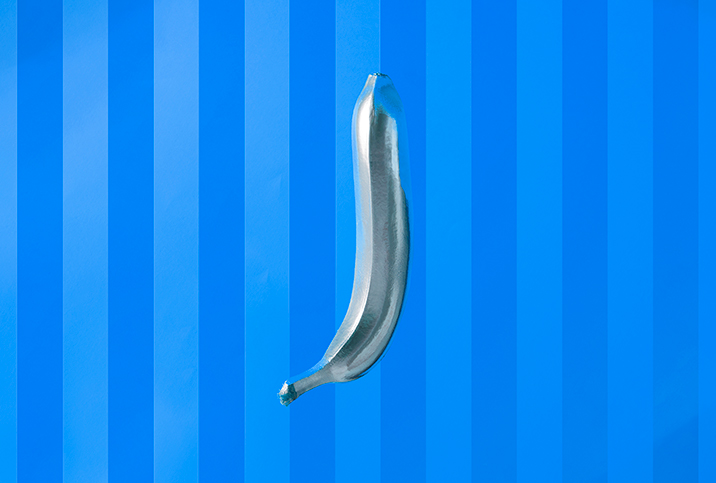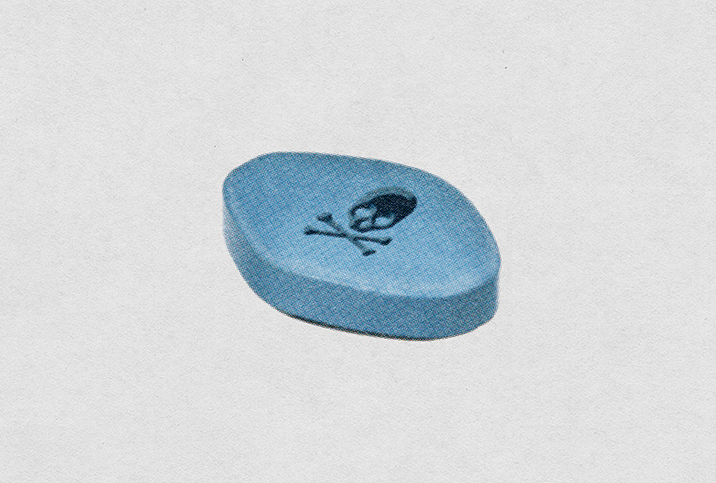Did We Stutter? Treat This Erection Problem Immediately

Prolonged, painful erections can be disturbing. That's why commercials for erectile dysfunction drugs always issue warnings about the condition, called priapism. This type of erection lasts more than four hours, can be painful and is not related to sexual stimulation, according to the Sexual Medicine Society of North America.
Whether priapism occurs during the day or at night, it might be dangerous depending on the cause. There are different types of priapism and other painful erections, and their treatment varies depending on the cause.
Regardless of the type of priapism, a sufferer must seek medical attention.
Priapism and sleep-related painful erections
In addition to three kinds of priapism, a man can also experience sleep-related painful erections (SRPEs). While similar in symptoms, each of these conditions is, in fact, very different.
Ischemic (or low-flow) priapism
Ischemic priapism refers to a condition where the penis is erect, but doesn't experience normal blood flow, said Petar Bajic, M.D., a urologist in the Center for Men's Health at the Glickman Urological & Kidney Institute at the Cleveland Clinic, as well as an assistant professor of urology at the Cleveland Clinic Lerner College of Medicine of Case Western Reserve University. He explained that the penis cannot accommodate any more blood and is in a state of ischemia, which also creates a lack of oxygen.
"This is a very dangerous scenario as it can lead to death of the tissues and permanent erectile problems," Bajic said.
Ischemic priapism has several causes. The leading ones are alcohol and drug use, perineal trauma and sickle cell disease.
Nonischemic (or high-flow) priapism
Nonischemic priapism occurs when the blood flow through the arteries of the penis is not working correctly but some blood flow and oxygen still gets to the penile tissues. Although the penis remains erect for more than four hours (unrelated to sexual stimulation), it is not fully rigid or painful.
This type of priapism is most commonly caused by trauma to the penis or perineum, the area between the anus and genitals. It is not a surgical emergency and rarely causes permanent damage.
Stuttering (or recurrent) priapism
"Stuttering priapisms are recurring ischemic priapisms over a longer period of time," said Justin Dubin, M.D., a urology fellow specializing in male infertility and sexual medicine at Northwestern University. "Typically, they resolve independently and last less than three hours. They can occur as often as daily."
He advised that although stuttering priapisms can resolve on their own, they can often lead to true ischemic priapism and cause significant penile tissue injury and erectile dysfunction (ED).
SRPEs
Sleep-related painful erections occur only while a man is sleeping, typically during REM sleep. Once they wake up, the painful erection goes away.
"They resolve when you are awake, do not cause any tissue damage to your penis, and are not associated with pain with normal erections while awake, though lack of sleep and stress can still potentially impact erections with SRPE," Dubin said.
How common is stuttering priapism?
Overall, priapism is not very common, Dubin said.
"Only around 5 out of every 100,000 men who come to the emergency room come in due to a complaint of having one," he said.
Ischemic priapism is the most common type, accounting for 95 percent of all priapism cases.
Stuttering priapism is relatively uncommon, according to Bajic.
"I work at a major academic center and a large hospital, and we maybe see men with stuttering priapism once or twice a month," he said.
Although much rarer, Dubin indicated that stuttering priapism may be underreported because it resolves on its own and can cause embarrassment, preventing some men from seeking help.
These men are at greater risk of stuttering priapism
The most common cause of stuttering priapism is sickle cell disease, both Dubin and Bajic said. In fact, greater than 75 percent of men with sickle cell disease will have experienced their first episode of priapism by the time they reach their 20s.
Bajic said other causes of stuttering priapism include recreational drug use and taking certain medications.
However, stuttering priapism is most commonly idiopathic, meaning it occurs without any discernible cause.
Treatment for stuttering priapism
The same treatment can be used for both stuttering priapism and ischemic priapism. Dubin said the goal is to relieve the high pressure caused by the stagnant blood within the penis and restore blood flow.
"In order to do this, we can drain blood from the penis and inject medications into the penis to help the blood leave the penis, or in more extreme measures, we can perform surgical maneuvers or place a penile implant," Dubin said.
If a man has experienced episodes of stuttering priapism that have resolved, oral medications can be prescribed for preventive purposes, Bajic said. Preventive medical measures also include treatment of the cause, with the management of sickle cell disease being a common one, Dubin added.
Stuttering priapism will likely reoccur if sickle cell disease is the root problem.
"For someone with sickle cell disease, we would look at preventive strategies," Bajic said.
Such strategies for a man might include:
- Learning to inject himself with a reversal medication, such as phenylephrine
- Taking a muscle-relaxing medication, such as baclofen
- Using a medication, such as ketoconazole, that shuts off testosterone
- Taking a small dose of an ED medication, such as sildenafil (Viagra) or tadalafil (Cialis), on a daily basis
Will my priapism reoccur?
By definition, stuttering priapism is recurrent. Whether stuttering priapism continues to recur indefinitely depends on the cause, Bajic explained, adding that if the cause is a known medication or drug use, changing the medication or stopping the drug use could completely resolve the issue. However, if the cause is sickle cell anemia, then stuttering priapism will likely recur.
"It is important for those men who have sickle cell disease to know that stuttering priapisms are often a warning signal to a potential true ischemic priapism in the future," Dubin said. "Anyone who has had stuttering priapism, especially those men with sickle cell disease, should go see their doctor."


















